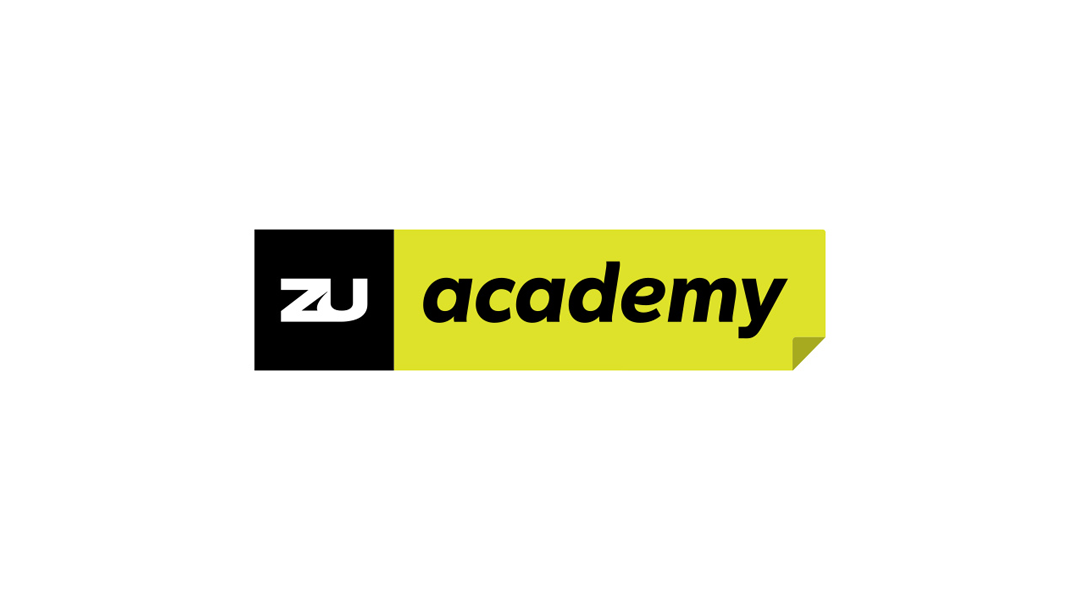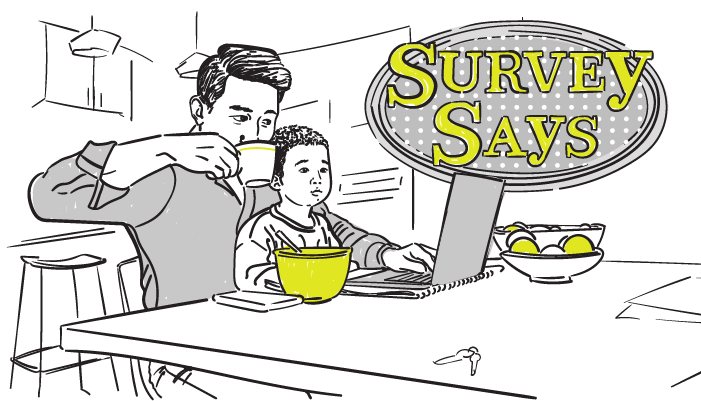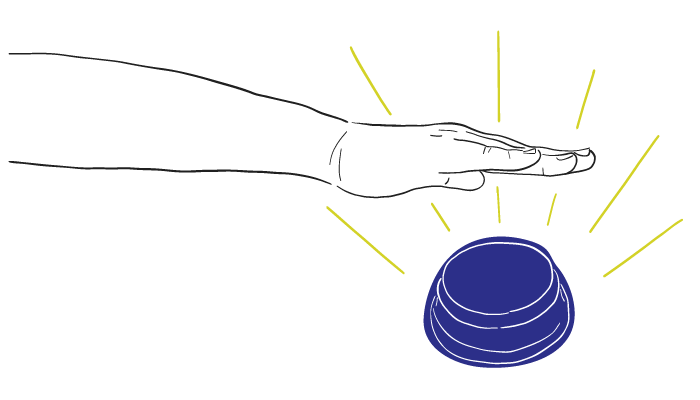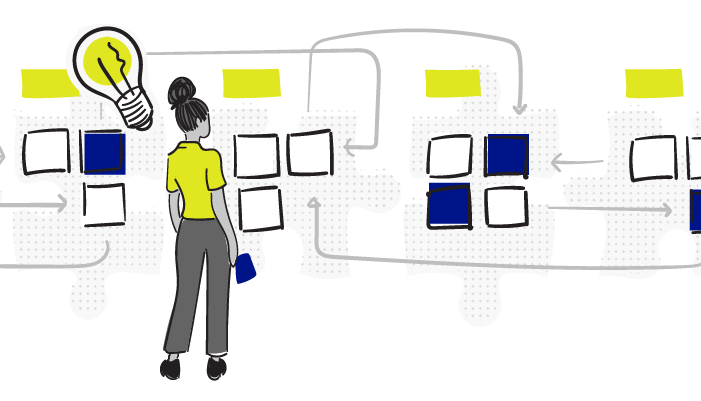
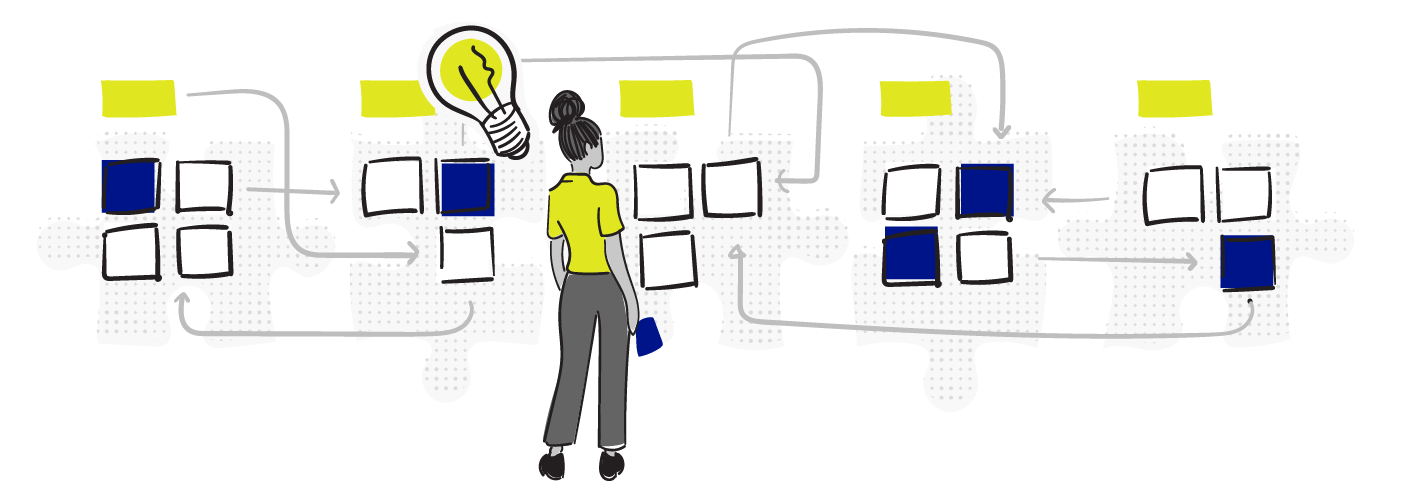
Design Thinking, Today More Than Ever
Design Thinking, Today More Than Ever

Albert
Jame
Chief Experience Officer,
Partner
Chief Experience Officer,
Partner
While our team has been working remotely from home, we’ve launched our public training and development service, zu Academy. As always, when you launch a new piece on the website, you’re always limited to keeping things clean and tight; which is limiting when you have so much more to say about it.
So, I thought I’d write a bit more about this training and why everyone should make a case to attend.
Since 1995, we’ve always advocated for user experience—it’s what has differentiated zu from the traditional IT or software development firm. Things became more serious for us as the world became more familiar with the concept of human-centred design, and the correlation between UX and success was more clear. About a decade ago, we rooted ourselves in the framework of design thinking and now apply it to all strategy projects and use it to challenge clients’ conventional thinking.
The root cause of poor user experience
Over the years, we started to notice a pattern behind the cause of bad UX. And as you can guess, it was never anything to do with the word Design, but rather all the steps further upstream.
Problems like:
- misaligned thinking,
- buy-in,
- not solving the actual problem,
- poor project management,
- no user input,
- or jumping into a solution too soon.
15 years ago, I can remember that Design, like the actual craft of Design, was often the culprit of bad UX. This is a result of designing in a medium that in itself is evolving. Remember granite backgrounds, Flash animation, glossy Web 2.0 and pricey Skeuomorphism? Everyone was experimenting. But today, that baseline of talent has definitely been raised with the advancement of the discipline, agreement on principles and simply being surrounded by more examples of good UX/UI.
Now we have no choice but to point our finger at the real miscreant - all the steps before a project reaches design.
This is where design thinking comes in. It’s a framework for strategy and problem solving that everyone should consider. Rooted in human-centred design, its goal was to help design beautiful solutions (products, services etc) that your users will love. But to do so, it addresses all the sticky parts of the process, like getting everyone on board, seeing the common problem, creating a safe space to explore all ideas, getting consensus to move forward quickly etc.
Endless articles have been written to help support why design thinking, or any sort of human-centred design framework, is something every organization will benefit from. To be honest, it’s not the easiest thing to sell.
For most people, I find that it takes roughly three exposures to design thinking (presentations, articles etc) to fully understand why they should pay attention to it.
This is why we created zu Academy.
We've created two unique opportunities (so far) to dive into this world:
Design Thinking: Fundamentals
This is designed as a quick and interactive 4-hour intro to the whole process of design thinking. We walk through the 5 basic steps, giving you a taste of what really happens in each stage. Together, we tackle a real-world example, from user interviews all the way to solution ideation. It’s a quick hitter for anyone that wants hands-on understanding.
Design Thinking: Intensive
If you have read up on design thinking and are convinced, this is the course for you. It’s a deep dive into all of the steps along with field research and a case study that spans three days. It’s heavy on group work and very interactive. This is great for management, project managers, product designer, business analysts or anyone looking for a proven project approach that they can reuse over and over.
You’ll also notice that the Intensive Program has two options: the three-day and five-day courses. The difference is that the five day includes an extra two-day walkthrough of the design sprint methodology, which is an actionable method of design thinking. Developed within the walls of Google, it is now a widely known process for organizations to develop products and services faster.
The 5th day also includes our Advanced Facilitation workshop, which is for anyone interested in becoming a master facilitator and presenter. It goes hand-in-hand with leading successful design thinking sessions in your organization. Void of any cliché facilitator advice found on the Internet, we focus on the parts of the facilitator’s job that people don’t seem to talk about (ex: allowing more time for lunch if your venue is further away from walkable restaurants—you know, the stuff that matters).
But is it for me?
For years, we’ve been training organizations in industries from IT to Healthcare to Finance to Government to Sports/Entertainment etc. We’ve recently opened up zu Academy as a way to empower other organizations and work with teams outside of your own. If you’re not 100% sure that this applies to you, here are some of the positions and titles we’ve had in our session:
- Project manager
- Finance policy manager
- IT Business Analyst
- IT Director/Manager
- Human Resource Director/Manager
- Graphic Designer
- Developer
- CEO
- Content creator
- Marketing Director/Manager
- Business Owner
- Independent Consultant
- Digital Director/Manager
If this is all new to you and you need extra exposure to design thinking to fully understand how you could benefit from this training, here are some helpful resources to get started with:
Why Design Thinking is more relevant in the current scenario
Why Design Thinking Should Be At The Core Of Your Business Strategy Development
We didn’t want to rush this service—we wanted to get it right.
Years ago, this type of training was scarce. We’d often have to travel to design thinking hotbeds in order to hear more about it. We have studied under all sorts of training programs and systems. This allowed us to take our time to ensure that we are creating a service that we feel is on par with our favourite institutions and instructors. Our flavour of design thinking has evolved to work with the industries we have here in Canada, so it’s somewhat of a combination of frameworks and techniques, finely tuned after years of practice. And now we’re ready to share it with you.
Hope to see everyone there!
For more information and to register, visit zuacademy.ca.

